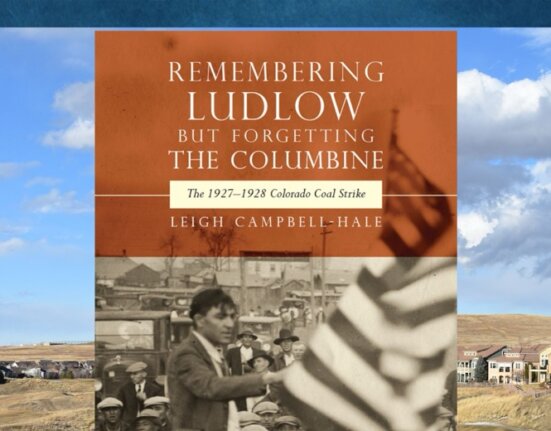In the wake of the continued disasters for workers rights in the last few years and the recent release of statistics suggesting that labor unions continue their decline to oblivion, it’s altogether fitting that we feature the forum on Joseph McCartin’s book Collision Course: Ronald Reagan, the Air Traffic Controllers, and the Strike that Changed America, since the book suggests the PATCO strike of 1981 holds some responsibility for labor’s current problems. On the right side of this blog, readers can access the sampling of responses to the book published in the recent issue, with free access for the next six months. Please join the discussion. We have a commentary from former controller David Sapadin who argues that McCartin’s story misses the automation elephant in the control tower; from historian Liesl Orenic, author of On the Ground and an expert on the airline industry’s labor relations who raises a series of questions about the industry’s role in these events; and from Jack Metzger, author of Striking Steel, who questions the strike’s pivotal role.
I argued in my roundtable commentary that McCartin’s frame is too narrow to understand why PATCO became the pivotal event of memory and debate for all these years. PATCO’s disaster was replicated over and over in the years afterwards mainly because of the structural problems of the labor movement, the growth mentality of unions, their attempt to build national unions at the expense of community and class solidarity—the basis for the 19th century labor movement and the 1930s uprisings.

The controllers entered a labor movement that emphasized go-it-alone strategies for a very long time; the strike was the rank-and-file’s introduction to the larger labor movement, and it shouldn’t have been. Having recently read Rebel Rank and File by Aaron Brenner, Robert Brenner and Cal Winslow, which gives us the best picture yet of union insurgents and rebels of the 1960s and 1970s, I’d suggest it’s a worthy companion to McCartin’s book, one that will indicate that these controllers were part of that larger rebellion. It also exposes the tendency of the new labor history to ignore the role of organizational structures and the concerted demobilization of class strategies from the labor movement. More effort was waged to wipe out dissent than ever to figure out how to wage an effective counter-movement to the corporate assault. My friend Jerry Tucker had the analysis right: he knew that workers had it in them to take on the corporate assault and bring all the creative energy of previous generations to win. The Left in the labor movement needs to continue to rethink how we rebuild from scratch with new organizational forms, because it is never going to come from the top of the leadership. Their risk aversion and tendency to hunker down in battles, will continue until the last union worker calls it toast.






